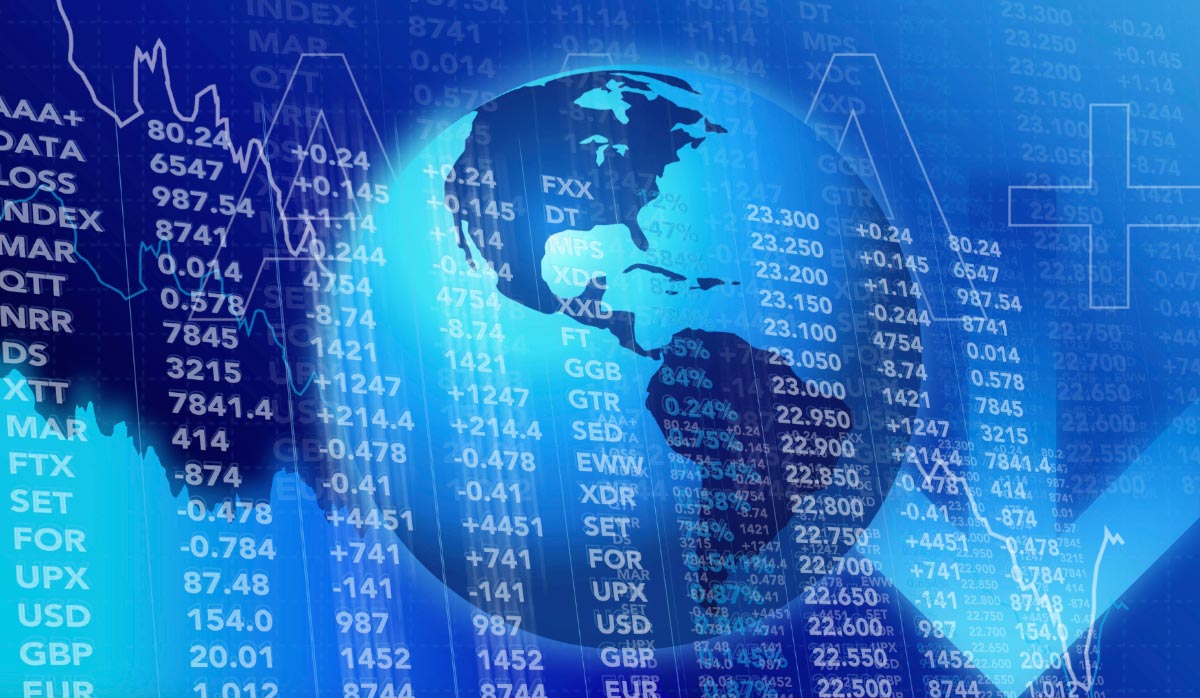Business Strategy and Outlook
No-moat MGM Resorts is facing material near-term headwinds from COVID-19 as well as elevated operational risk in Macao from government plans to increase supervision of casinos. Still, we think MGM has a healthy liquidity profile to see it through this turmoil and remains positioned for the attractive long-term growth opportunities in Macao (22% of pre-pandemic 2019 EBITDAR), U.S. sports betting, and Japan (accounting for an estimated 10% of 2027 EBITDAR, the first year of likely operation).
We see solid Macao industry visitation over the next 10 years, as key infrastructure projects that alleviate Macao’s congested traffic (Pac on terminal expansion and Hong Kong Bridge in 2018, light-rail transit at the end of 2019, and reclaimed land in 2020-25) come on line, which will expand the region’s constrained carrying capacity and add attractions, thereby driving higher visitation and spending levels. As MGM holds one of only six gaming licenses, it stands to benefit from this growth. Further, MGM Resorts has expanded its room share in Macao to 8% from 3% with its Cotai property, which opened in February 2018. That said, the Macao market is highly regulated, and as a result, the pace and timing of growth are at the discretion of the government.
In the U.S. (78% of pre-pandemic 2019 EBITDA), MGM’s casinos are positioned to benefit from a multi-billion-dollar sports betting market, generating an estimated mid-single-digit percentage of the company’s 2024 sales. That said, the U.S. doesn’t offer the long-term growth potential or regulatory barriers of Macao; thus, we do not believe the region contributes a moat to MGM. Still, there have been very minimal industry supply additions this decade, and this should support solid industry Strip occupancy, which stood at around 90% in pre-pandemic 2019.
We expect MGM to be awarded one of only two urban gaming licenses in Japan, with a resort opening in 2027, generating attractive returns on invested capital in the teens.
Financial Strength
MGM entered 2020 in its strongest financial health of the past 10 years, in our view. This was illustrated by its 3.7 times debt/adjusted EBITDA in 2019 versus 13 times and 5.7 times in 2010 and 2015, respectively. It was also buoyed by MGM having recently exited an investment cycle, where the company spent $1.6 billion on average annually during 2015-19 to construct and renovate U.S. and Macao resorts versus the $271 million it spent on capital expenditure in 2020. We believe MGM has sufficient liquidity to remain a going concern even with zero revenue for a few years. The recent sales of underlying casino assets (Bellagio in November 2019, Circus Circus in December 2019, and MGM Grand/Mandalay Bay in February 2020) provided it with around $6.9 billion in cash. The company recently entered into leaseback asset sales of Aria, Vdara, and Springfield, raising over $4 billion in cash in 2021. Also, MGM is set to receive $4.4 billion in cash for its ownership in MGM Growth Properties, which is scheduled to be acquired by Vici in the first half of 2022. The firm has taken further action to lift its liquidity profile by reining in expenses, tapping its $1.5 billion credit facility (which has since been paid), suspending dividends and repurchases (which have since been reinstated), and raising debt. MGM has $1 billion of debt scheduled to mature in 2022.
Bulls Say’s
- We expect MGM to be awarded one of only two urban Japanese gaming concessions due to its strong experience operating leading resorts in Las Vegas and its successful record of working with partners
- MGM is positioned to participate in Macao’s long-term growth opportunity (22% of pre-pandemic 2019 EBITDAR) and has seen its room share expand (to 8% from 3%) with the opening of its Cotai casino in February 2018.
- MGM’s U.S. properties are positioned to benefit from the expansion of the multi-billion-dollar domestic sports betting market
Company Profile
MGM Resorts is the largest resort operator on the Las Vegas Strip with 35,000 guest rooms and suites, representing about one fourth of all units in the market. The company’s Vegas properties include MGM Grand, Mandalay Bay, Mirage, Luxor, New York-New York, and CityCenter. The Strip contributed approximately 49% of total EBITDAR in the pre-pandemic year of 2019. MGM also owns U.S. regional assets, which represented 29% of 2019 EBITDAR. We estimate MGM’s U.S. sports and iGaming operations will be a mid-single-digit percentage of its total revenue by 2024. The company also operates the 56%-owned MGM Macau casinos with a new property that opened on the Cotai Strip in early 2018. Further, we estimate MGM will open a resort in Japan in 2027.
(Source: Morningstar)
General Advice Warning
Any advice/ information provided is general in nature only and does not take into account the personal financial situation, objectives or needs of any particular person.







